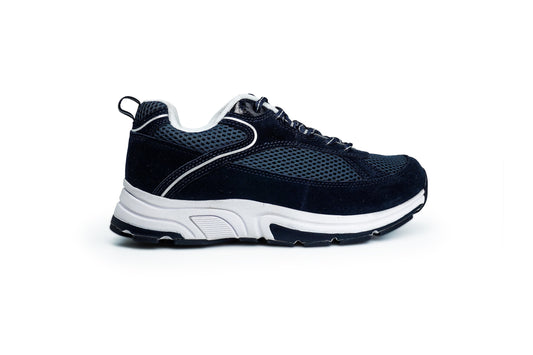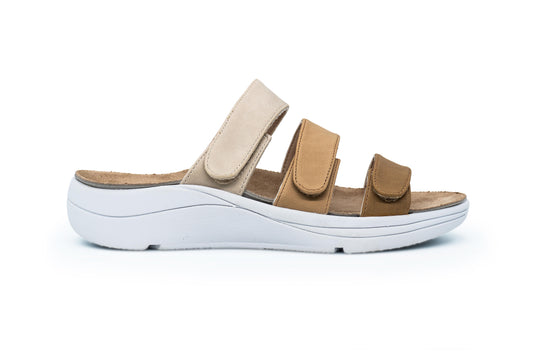Mastering Diabetic Foot Care: Essential Dos and Don'ts
Living with diabetes involves comprehensive self-care, with special attention required for foot health. Effective diabetic foot care goes beyond daily routines—it requires adopting specific habits and avoiding potential risks. Here, we delve into essential dos and don'ts to guide you in managing this crucial aspect of your lifestyle.

Things You Should Do:
- See a Podiatrist:
- Regular visits to a podiatrist are crucial for detecting and addressing potential foot problems associated with diabetes.
- Podiatrists specialize in identifying issues like vasculopathy, neuropathy, and arthropathy, ensuring early intervention and effective diabetic foot care.
- Inspect Your Feet Daily:
- Conduct thorough foot inspections twice a day to identify any issues promptly.
- Regular inspections are vital for individuals with diabetic neuropathy, minimizing the risk of unnoticed injuries and facilitating early intervention.
- Get Diabetic Footwear:
- Invest in diabetic shoes and therapeutic slippers designed for optimal foot support and protection.
- Diabetic socks enhance comfort, fit snugly, and promote circulation, contributing to overall foot health.
- Have a Footcare Regimen:
- Establish a daily foot care routine, including inspections, gentle washing, and moisturizing with diabetic-friendly lotions.
- Follow protocols for addressing issues, such as seeking professional help for corns or calluses.
- Promote Circulation:
- Incorporate exercises and foot movements into your routine to enhance circulation.
- Avoid prolonged periods of sitting, and engage in activities that promote blood flow to the feet.
Things You Shouldn't Do:
- Fail To Manage Your Circulation:
- Prioritize circulation management to prevent peripheral and conventional neuropathy.
- Adopt a heart-healthy diet, exercise regularly, and avoid habits like smoking and excessive alcohol consumption.
- Use Heating Pads:
- Refrain from using heating pads, electric blankets, or wraps for foot warmth.
- Nerve damage may hinder temperature sensitivity, leading to the risk of burns.
- ‘Instead, opt for gentle warming methods.
- Get Your Feet Wet:
- Choose footwear that keeps your feet dry, especially in rainy or snowy conditions.
- Moisture increases the risk of infection, particularly in high-pressure areas of the feet, emphasizing the need for waterproof or hole-free shoes.








